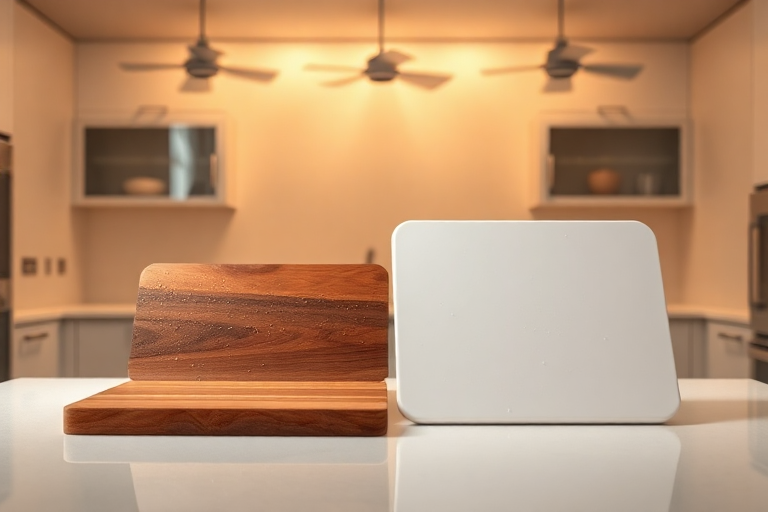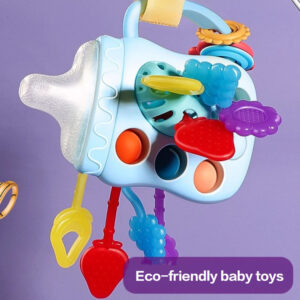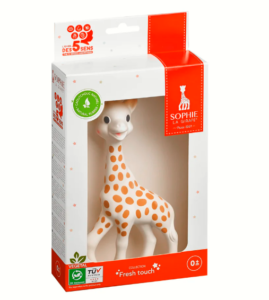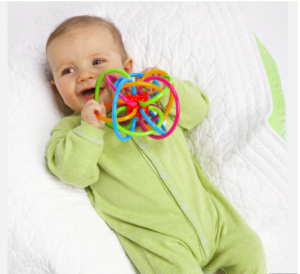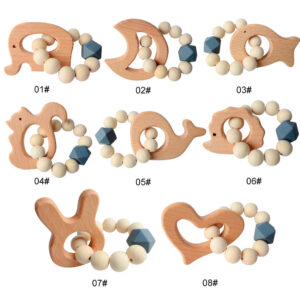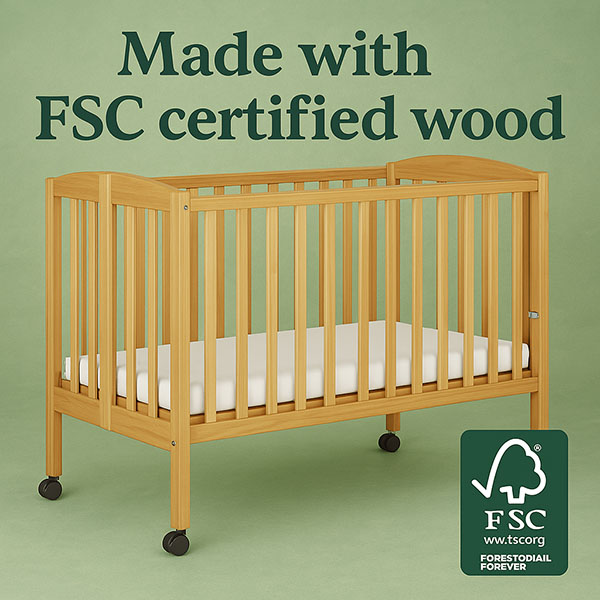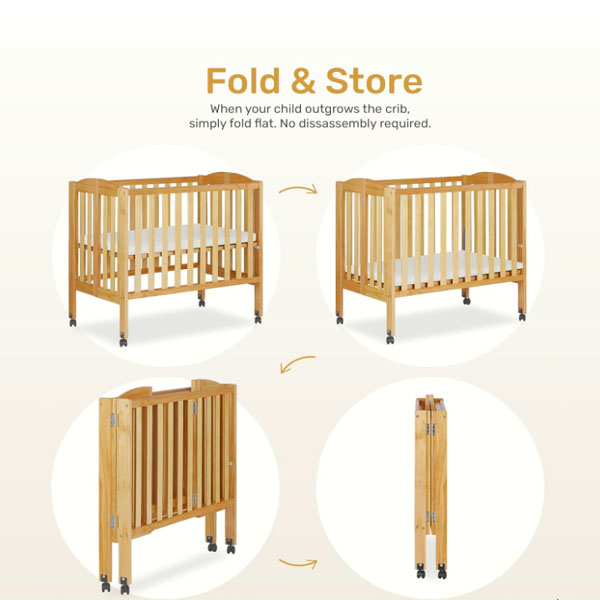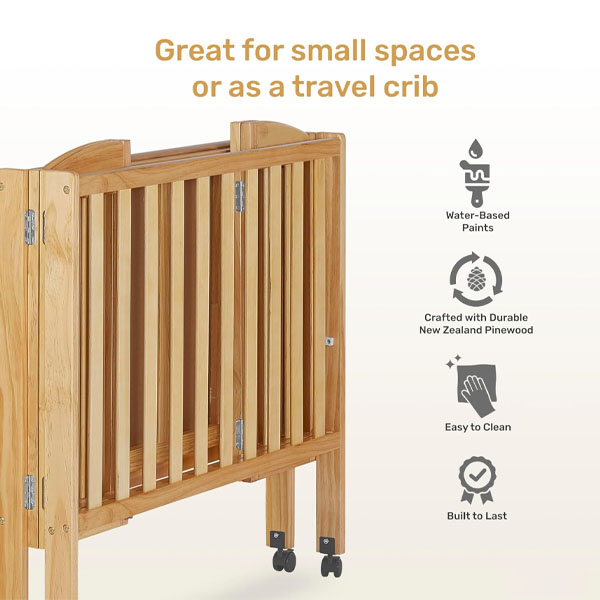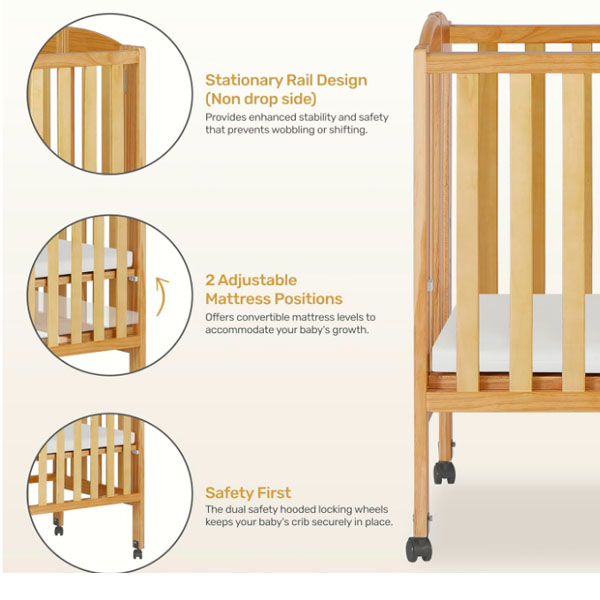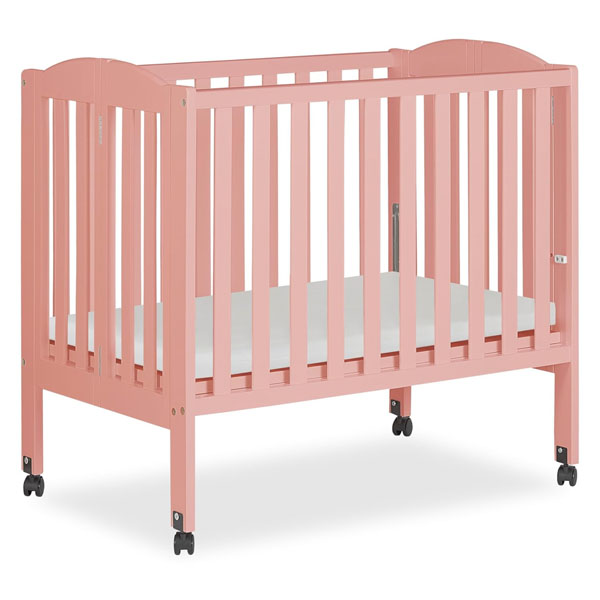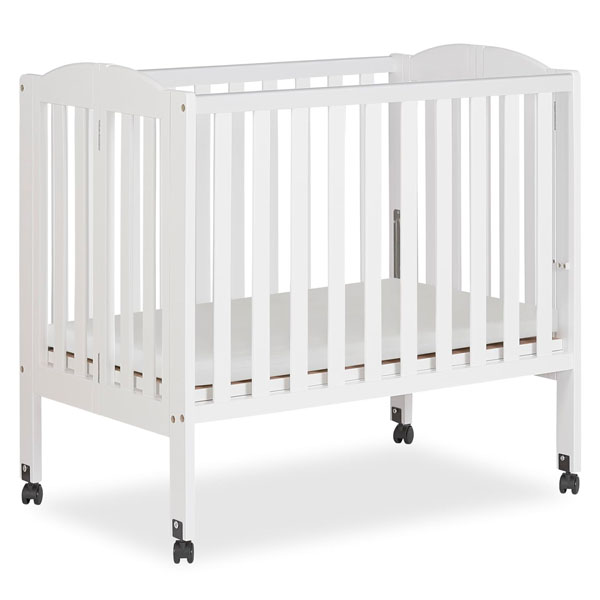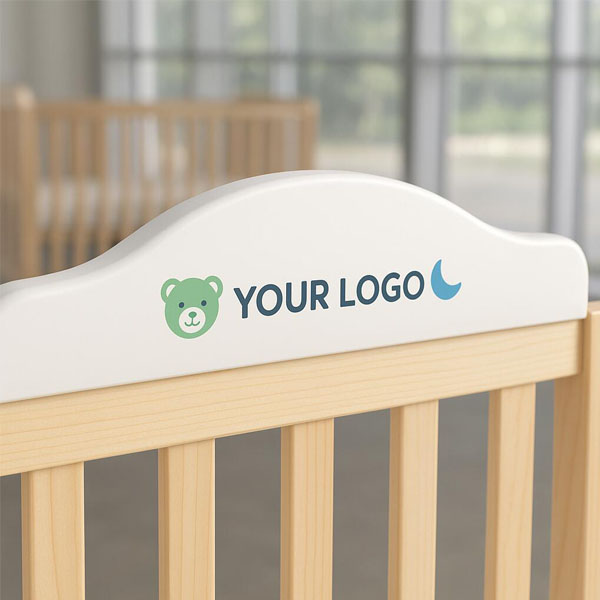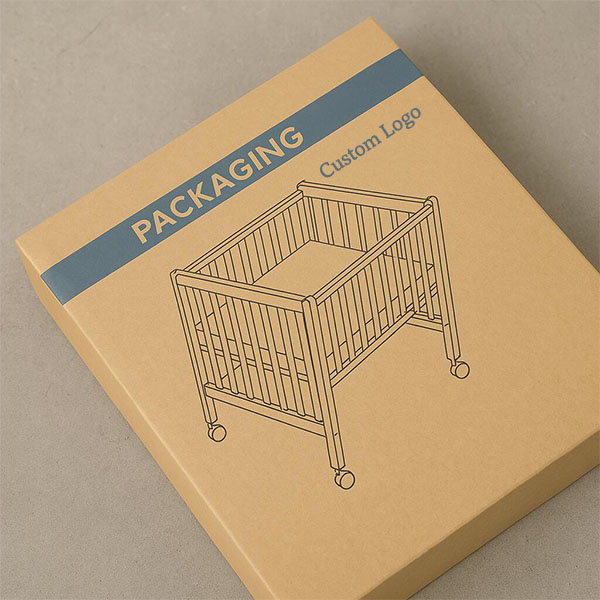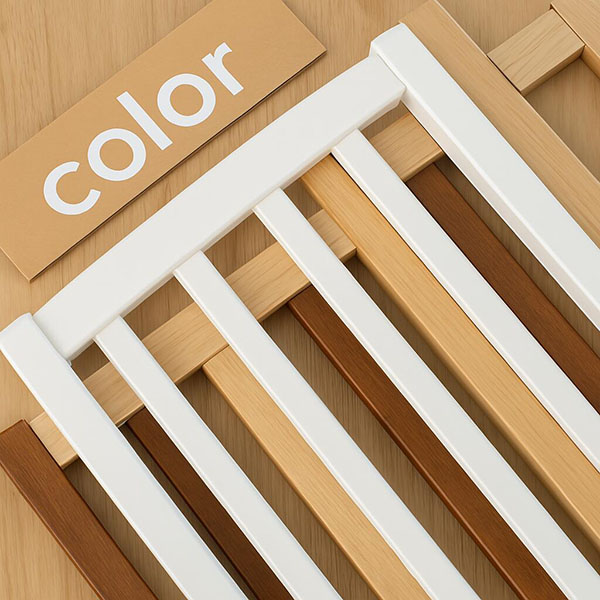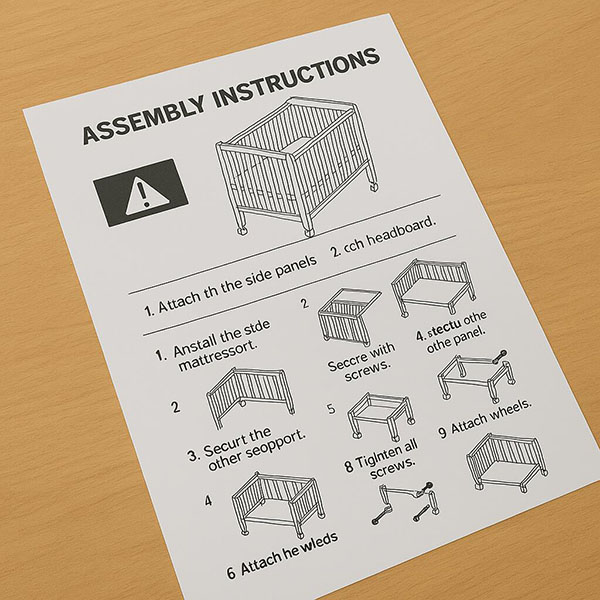Is a Wooden Cutting Board Better Than a Plastic One?
Choosing between a wooden and plastic cutting board can be tricky. Both have pros and cons, but which one is better for your kitchen?
Wooden cutting boards are better than plastic ones because they are gentler on knives, naturally antimicrobial, and more durable. However, plastic boards are easier to clean and lighter in weight.
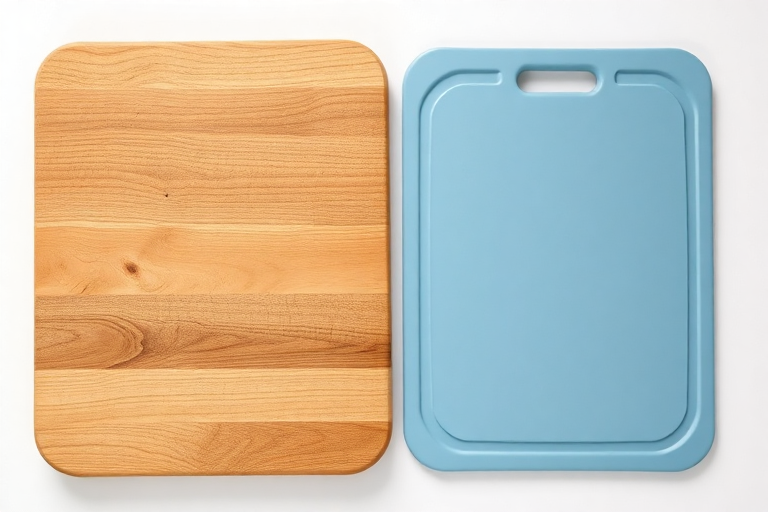
Let’s break down the differences between wooden and plastic cutting boards to help you decide which one suits your needs best.
Why are wooden cutting boards gentler on knives?
Knives are an essential tool in the kitchen, and the cutting board you use can significantly affect their lifespan and performance.
Wooden cutting boards are softer than plastic, which reduces blade wear and keeps knives sharper for longer. This makes them gentler on your knives.
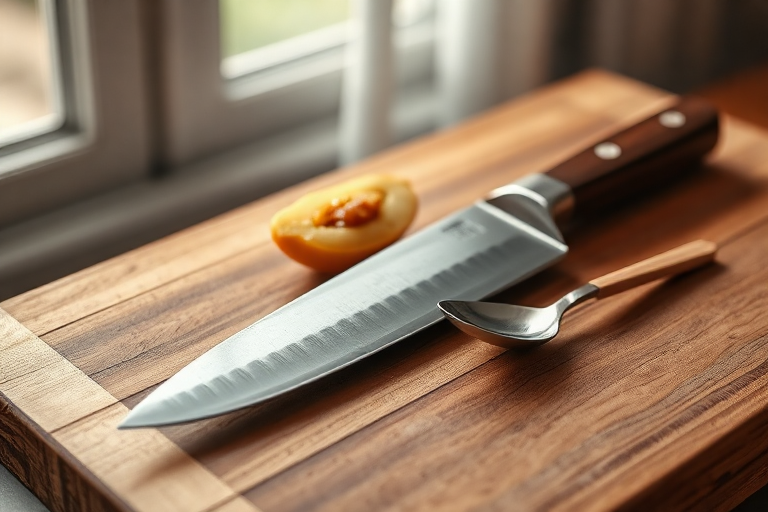
How Wooden Boards1 Protect Knives2
- Softer Surface:
Wood is less rigid than plastic, creating a forgiving surface that doesn’t dull knives as quickly. - Self-Healing Properties:
Wood has natural fibers that can “close up” after cuts, minimizing the damage to knife edges. - Less Friction:
The smooth surface of wooden boards reduces friction, which helps maintain the sharpness of knives. - Long-Term Savings:
By preserving your knives, wooden boards can save you money on frequent sharpening or replacement.
For these reasons, professional chefs often prefer wooden cutting boards for their knife-friendly properties.
Are wooden cutting boards more hygienic than plastic?
Hygiene is a top priority in the kitchen, especially when it comes to tools like cutting boards that come into direct contact with food.
Wooden cutting boards are naturally antimicrobial, reducing the risk of bacterial growth. However, they require proper cleaning to stay hygienic.
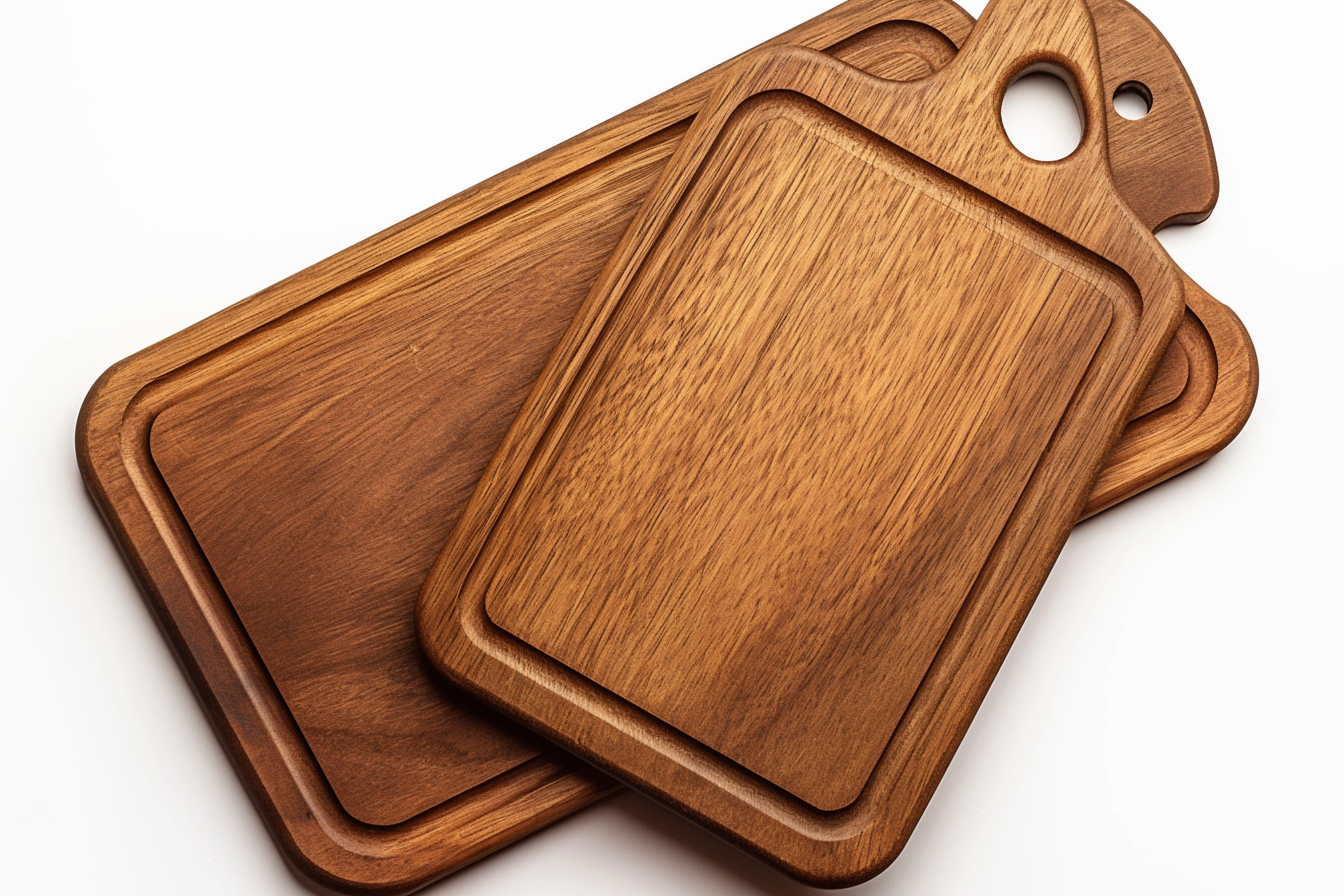
Hygiene Comparison: Wood vs. Plastic
Here’s a detailed look at the hygiene aspects of both types of cutting boards:
| Feature | Wooden Boards | Plastic Boards |
|---|---|---|
| Antimicrobial Properties | Naturally resistant to bacteria | Requires frequent sanitizing |
| Porousness | Can absorb liquids if not sealed properly | Non-porous and easier to clean |
| Maintenance | Needs regular oiling and proper drying | Can be cleaned in the dishwasher |
| Durability | Less prone to deep cuts that trap bacteria | Scratches can harbor bacteria |
While wooden boards require more maintenance, their natural antimicrobial properties make them a hygienic choice when cared for properly.
Which type of cutting board is more durable?
Durability is a key factor when choosing a cutting board, as it determines how long your investment will last.
Wooden cutting boards are more durable than plastic ones, as they resist deep cuts and can last for decades with proper care. Plastic boards wear out faster and may need frequent replacement.
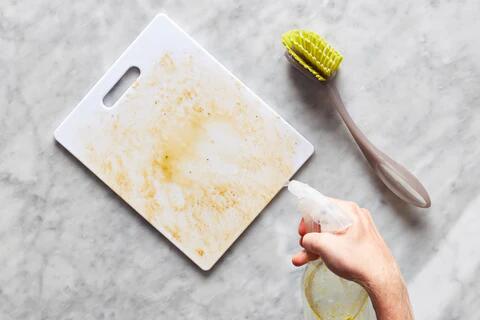
Durability Comparison: Wood vs. Plastic
- Resistance to Damage:
Wooden boards are less likely to show deep cuts or scratches, which can compromise the surface. - Longevity:
With regular oiling and proper care, wooden boards can last for years or even decades. - Wear and Tear:
Plastic boards tend to develop deep grooves over time, which can trap food and bacteria. - Environmental Impact:
Wooden boards are more eco-friendly, as they are biodegradable and sustainable compared to plastic.
For long-term use, wooden boards are the clear winner in terms of durability and sustainability.
Are plastic cutting boards easier to clean?
Cleaning is an important factor to consider when choosing a cutting board, especially in busy kitchens where time is limited.
Plastic cutting boards are easier to clean than wooden ones because they can be washed in the dishwasher and don’t require special maintenance like oiling.
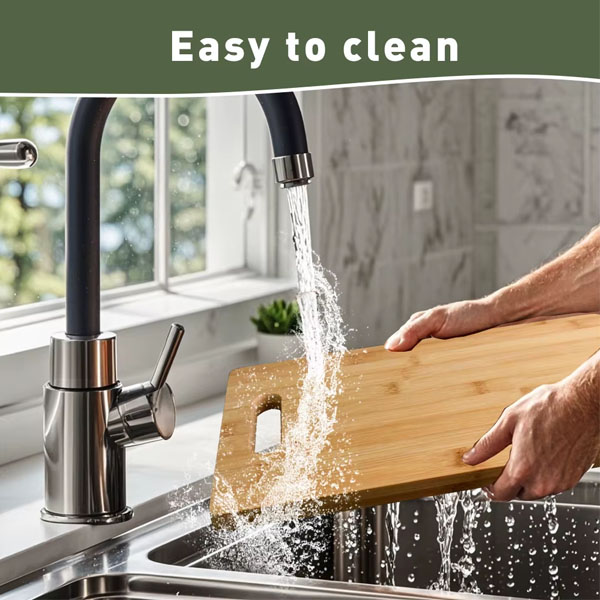
Cleaning Pros and Cons: Plastic vs. Wood
- Dishwasher Safe:
Plastic boards can be cleaned in the dishwasher, making them convenient for quick cleanup. - No Special Maintenance:
Unlike wooden boards, plastic ones don’t need oiling or special drying techniques. - Staining:
Plastic boards are less prone to staining from foods like tomatoes or beets. - Bacterial Growth:
However, deep scratches in plastic boards can harbor bacteria, even after cleaning.
While plastic boards are easier to clean, they may require more frequent replacement due to wear and tear.
Conclusion
Wooden cutting boards are better than plastic ones for their knife-friendly surface, natural antimicrobial properties, and durability. However, plastic boards are easier to clean and more lightweight.

